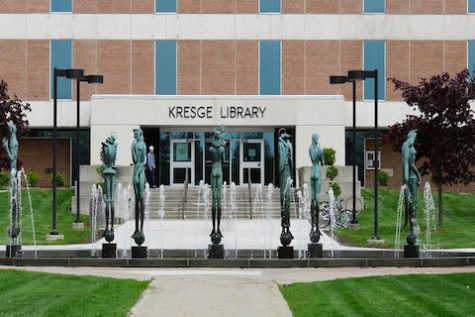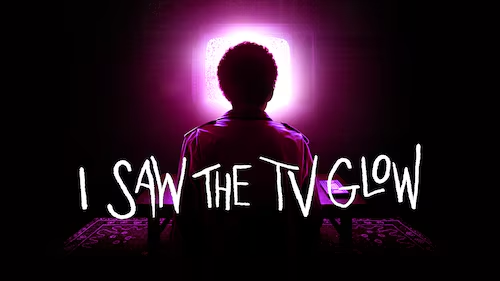OU students comment on President Biden’s student debt relief plan
On Aug. 24, 2022 President Joe Biden announced his three-part student debt relief plan, a plan that had been a campaign promise since March 2020.
The plan promises to cancel up to $20,000 in student debt to Pell Grant recipients and $10,000 to non-Pell Grant recipients if their individual income is less than $125,000 — or $250,000 for married couples. The pause on student loan repayment is also extending for the seventh and final time through Dec. 31, 2022. Payments have been paused since March 2020 due to the COVID-19 pandemic.
For those who qualify, Biden’s student debt relief plan could make a huge difference. According to a study done by the National Center for Education Statistics, the average bachelor’s degree completers are graduating with nearly $28,000 in debt.
At Oakland University, students are graduating with nearly $24,000 in debt, which can be a worrying factor for some students like Tara Coker, a sophomore who is majoring in elementary education.
“I’m going to school to be a teacher, so I’m kind of aware that once I graduate, the starting salary isn’t going to be great,” Coker said. “So it is something that I’ve thought about and stressed about.”
Coker hopes that the student debt relief plan is a starting point for government assisted tuition relief. She believes that they need to make college more affordable as well.
“[The government needs to] address the problem which is just the fact that it’s so expensive, or keep providing relief going forward,” she said.
While Coker is just beginning her college education, Amanda Belz is a recent alumna — and therefore will soon have to start paying back her student loans.
“I don’t have a full-time job so it’s kind of been a struggle,” Belz said. “I’ve been worried cause I don’t have a full time job, how am I going to pay it? [The student debt relief plan], that’s going to help a lot.”
The fact that Belz is getting any kind of relief at all is enough for her.
“I think they could be doing more but given other circumstances, I think it’s enough to satisfy people for now,” she said. “In the future we might want more, but I think it’s good for now.”
Senior Brandon Mares does not believe he will benefit from the student debt relief plan, but is happy that it’s targeting the people who need it most.
“I think it’ll bring a lot of relief to people who want to go to school, but they can’t because of any type of financial burden that they might be facing,” Mares said.
Senior Ashley Talbert represents students who will significantly benefit from the student debt relief plan.
“I personally come from a really low-income family,” Talbert said. “Financially it is based on our parents income, I don’t get much money for that.”
Talbert is solely responsible for the cost of her tuition and is currently $20,000 in debt. Due to the student debt relief plan, she can now invest her money elsewhere.
“I can use that money towards other things like maybe expanding my education somewhere else, or even continuing classes here or putting it into my career,” she said.
An online form to apply for student loan debt relief is expected to be available by early October. For more information, you can visit the Federal Student Aid website here.












yousef • Sep 14, 2022 at 10:53 AM
The idea that we are going to release individuals from a voluntary contract and cast that debt upon everyone else is insane. On average those with a college degree earn more and half of student debt is held by those with graduate degrees? in what world does it make sense to give a handout to those individuals? why should a computer programmer making 100k/year or an engineer making 75k/year be given student loan forgiveness? why are blue collar workers and those who responsibly paid their loans or sacrificed to pay for their children’s be shafted? It really does not make much sense to me. Youre taking from the poor and giving to the rich…
I have a few solutions i think would work instead:
1.
A better solution would be to allow for for the dissolution of student loans via bankruptcy like it used to be in the early 2000s. For those who cannot afford the debt would file for bankruptcy and those who actually can afford them would value the damage a bankruptcy would bring upon them and keep paying. It would also create a check and balance against funding people in the future who cannot support the debt burden based on future earnings.
2.
Alternatively we could end interest and just force those those borrowed to pay the principal back with an interest rate that follows inflation from the date the loan was issued. We could retroactively apply payments made on the debt to the principal and start from there.